Explained: How To Use Spotify’s New AI Playlist Feature?
It’s no surprise that many of us accidentally stumble upon new music, whether through hearing it…
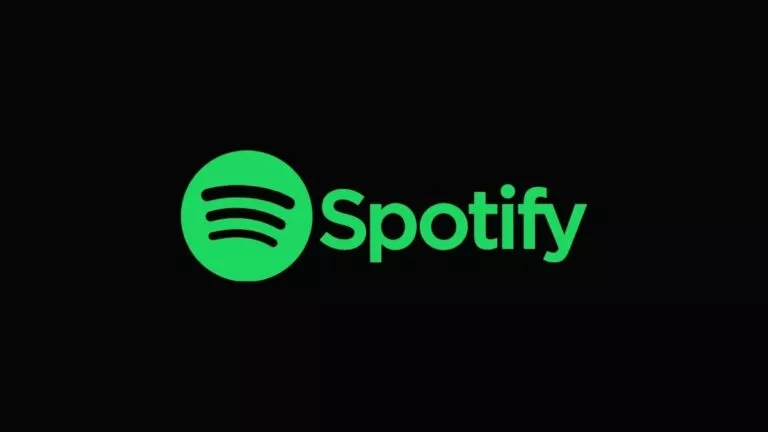
It’s no surprise that many of us accidentally stumble upon new music, whether through hearing it…
Snapchat is perhaps the most popular social media platform among teenagers. Moreover, the company regularly introduces…
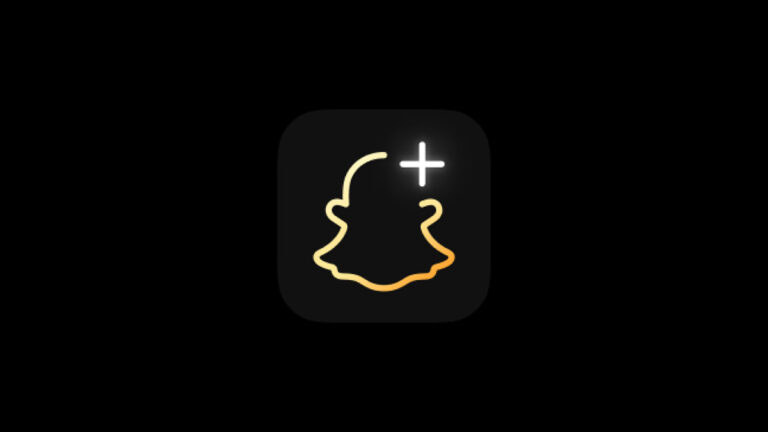
It’s safe to assume that Snapchat is one of the most popular social media platforms, thanks…

It’s no secret that Discord has been grabbing headlines lately, especially with the impending integration of…
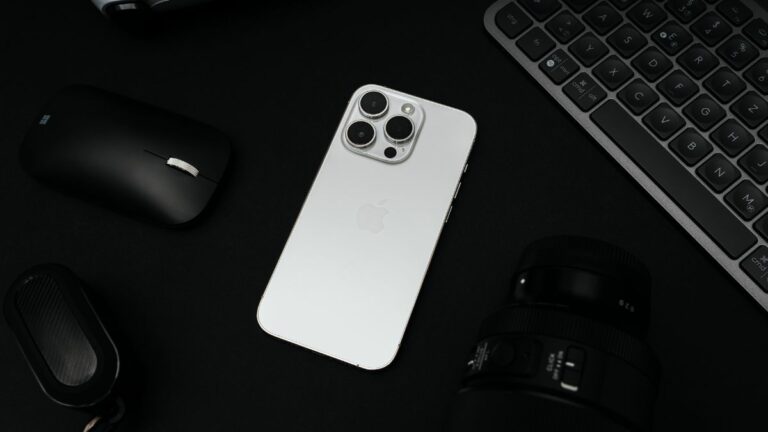
When Apple unveiled the iPhone 15 series in 2023, it received mixed reactions due to overheating…
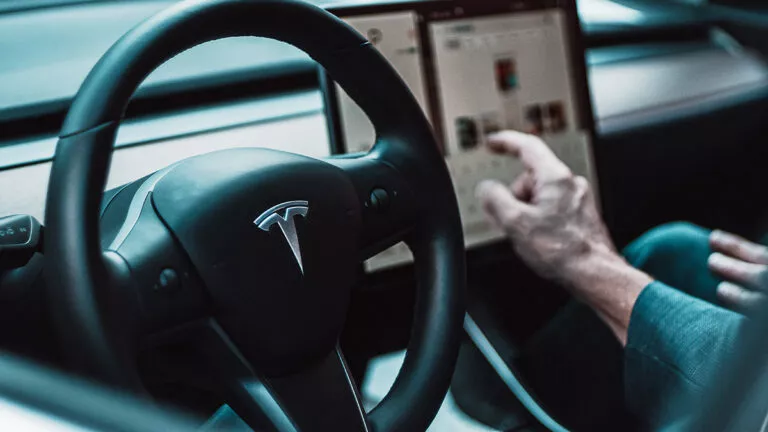
We’ve all imagined a future where cars could drive themselves, allowing us to sit back and…

Power Supply Units (PSUs) are perhaps the most overlooked components when building a PC. However, their…
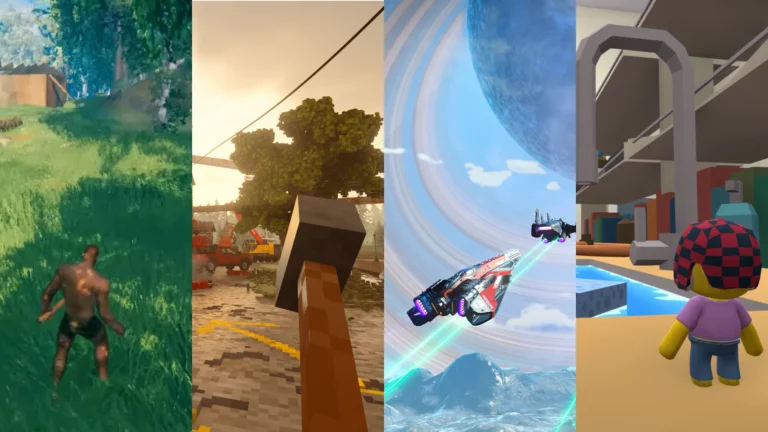
Artificial Intelligence is everywhere, be it helping us redesign our office spaces or even programming. However,…
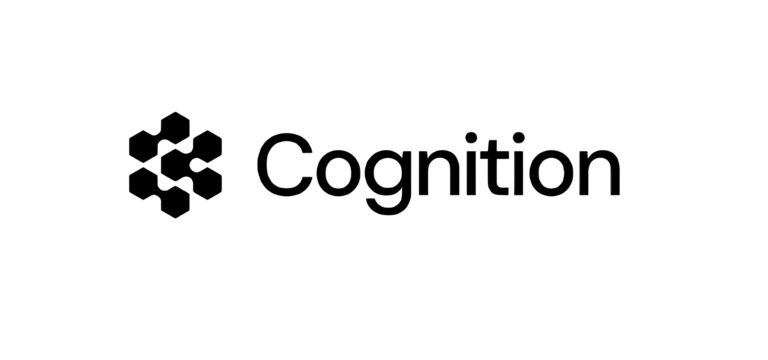
Artificial Intelligence chatbots have taken the world by storm, be it by allowing individuals to make…
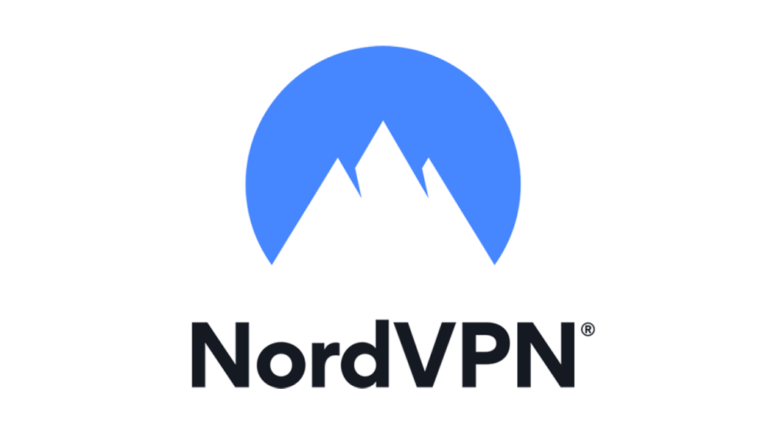
It’s no secret that NordVPN is one of the most popular services in its segment, thanks…